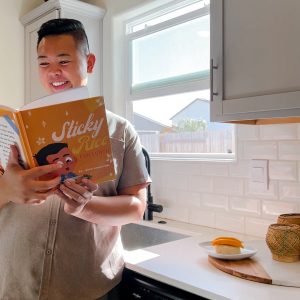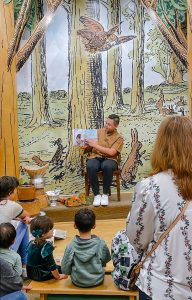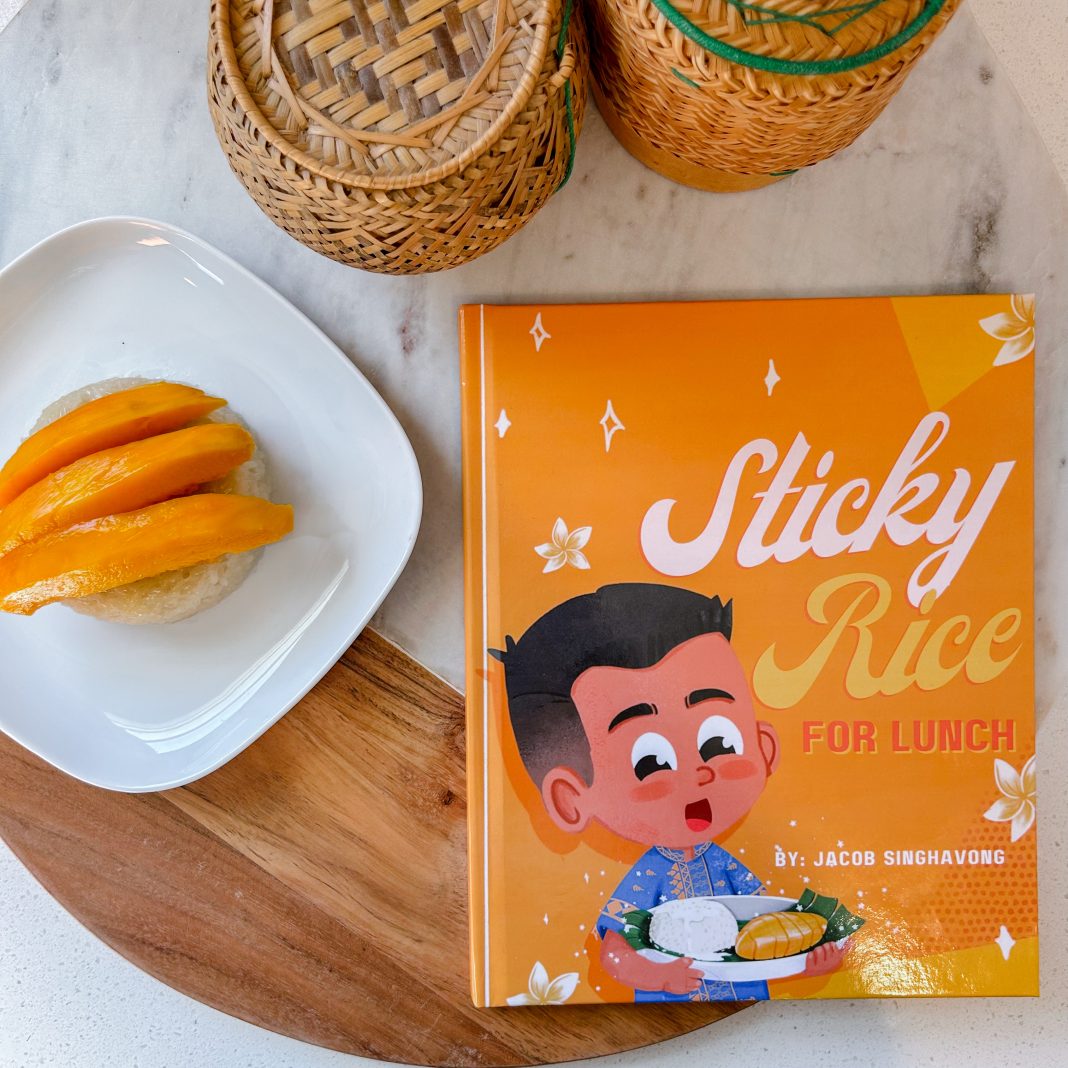Children’s literature has a new gem on its bookshelves. Rooted in cultural identity and acceptance, “Sticky Rice for Lunch” by Jacob (Jake) Singhavong offers a poignant reflection of the author’s own experiences growing up as a Lao-American in Riverside County, just 45 minutes north from Los Angeles, the United States.
Jake’s book weaves a narrative that goes beyond the pages, resonating with young readers and adults alike. From navigating cultural differences to embracing family traditions, “Sticky Rice for Lunch” immerses readers in a world that goes beyond borders and speaks to the human experience.
It is a child-friendly glimpse into Jake’s own life—a visual journey through his past, capturing genuine moments like his mother’s cherished flowers and the day his dad chauffeured him to school in their RV after misplacing the car keys.
Even his late sister, who passed before he was born, found a place within the pages, portrayed as his cherished best friend.

Jake was born 23 years ago into a Lao family that immigrated to the United States in the mid-90s. Through this book, he shares his childhood challenges of being one of the few Asian-Americans in the classroom. His lunch, comprising a basket of sticky rice and various Lao dishes such as noodle soup or papaya salad, often drew curious stares from classmates.
“I would just be so embarrassed to open up the container because my friends would just be like, oh, ‘What’s that like?’ to the strong smell of fish sauce or soy sauce, which wasn’t common back then,” Jake said.
Despite the curious stares, Jake remained unwavering in his appreciation for his family’s traditions. His book goes beyond these glances, elevating the symbolic importance of the traditional sticky rice basket. Within its pages, the basket becomes a central symbol of Lao culture and embodies Jake’s deep connection to his culinary heritage.
“There’s so much beauty in Lao culture. It’s part of my identity, and as such, it has a huge say in who I am as a person,” Jake said. “Growing up, I found myself valuing my origins more and more. Food like sticky rice is such a delicacy. Mango sticky rice as well, which takes so long to make.”
But as he grew older, Jake also felt that something was missing in children’s literature. He noticed a significant void in the representation of Asian and Lao characters. Inspired by his university professor and fueled by a desire to bridge this gap, at the end of his bachelor degree, he embarked on a mission to create a narrative that resonated with young readers and instilled a sense of belonging.
“I look back to it, and I’d say, ‘If only I had a book like this that I could look at and be like, wow, this little kid looks just like me.’ I’d feel so represented.” Jake said. “I wonder how different it would be. Systematically, here, we’re still conformed to thinking that blonde hair and blue eyes are the epitome of perfection, and that’s what we should be reaching for. I wish my book could give Asian-American children a sense of belonging.”
In “Sticky Rice for Lunch,” Jake introduces young readers to Lao culture, traditions, and the importance of embracing one’s roots. In a literary landscape where diversity is paramount, Jake delivers a powerful message about the significance of seeing oneself reflected in the stories we read.

“I knew that I wanted to give back to the Lao community in a way that was going to be reflective, but also something that would go much further than that,” Jake said. “I feel like books have so much power, especially children’s books. By harnessing these tools, we shape the minds of children. It grants us the incredible ability to empower them. It’s not just about representation; it’s about embodying it, and there’s immense power in that.”
The overarching theme of “Sticky Rice for Lunch” is acceptance and cultural adjustment, Jake explained. As he wrote the book, he wanted it to be among the stories of inclusion and diversity on the literary market.
“Even if some may not directly see themselves in the narrative, it’s crucial for children in schools to have literature that represents them with someone who looks like them on the cover,” he said. “This book is for everyone—I aimed to create a universally relatable book, not just direct memoirs. I hope that kids in places like Laos or Thailand can also relate, recognizing familiar aspects of their lives like clothing and food.”
As his first book takes its place on the shelves, Jake already has his sights set on the future, teasing a new book series with titles and stories held as tantalizing secrets for now.



